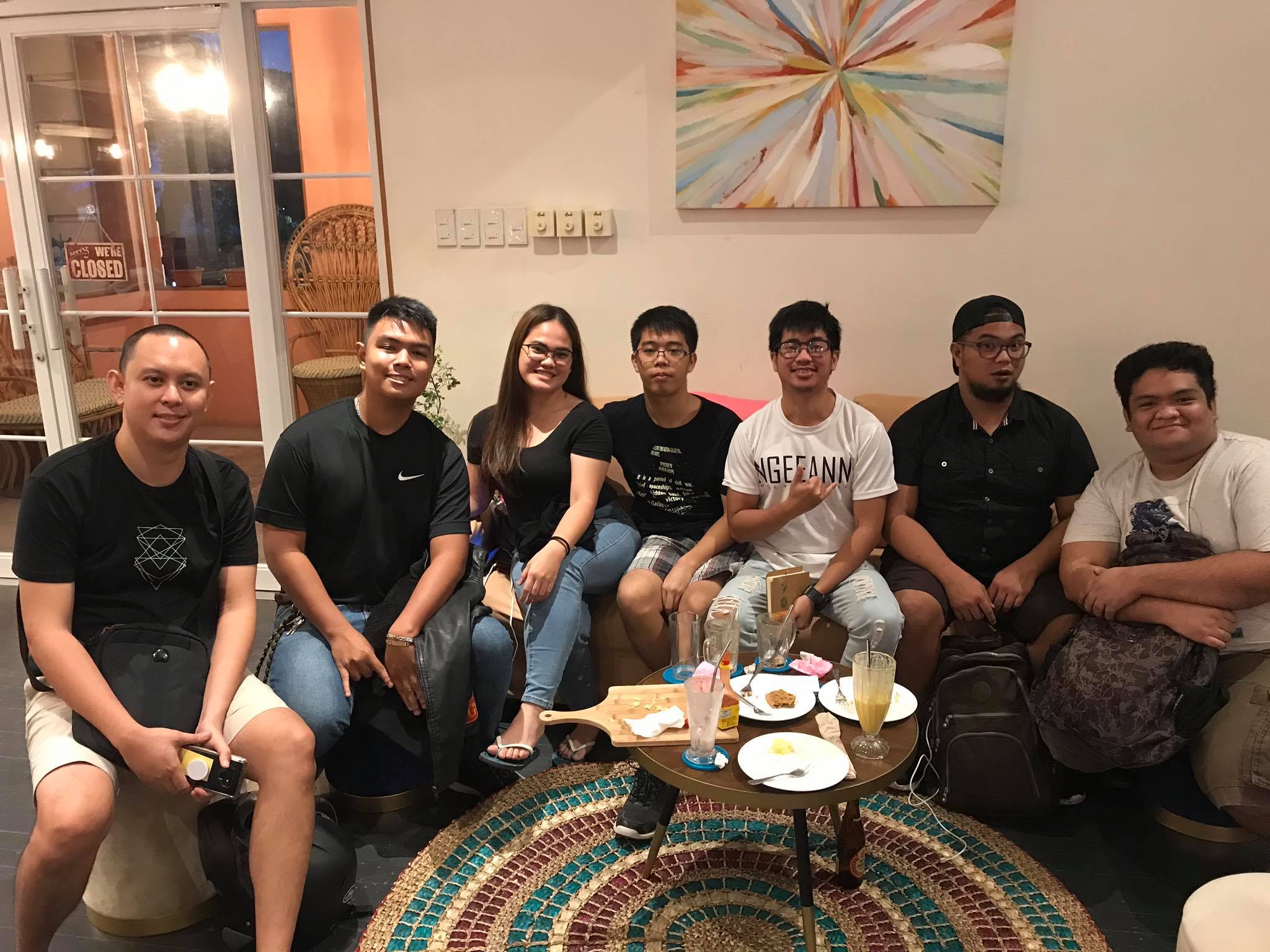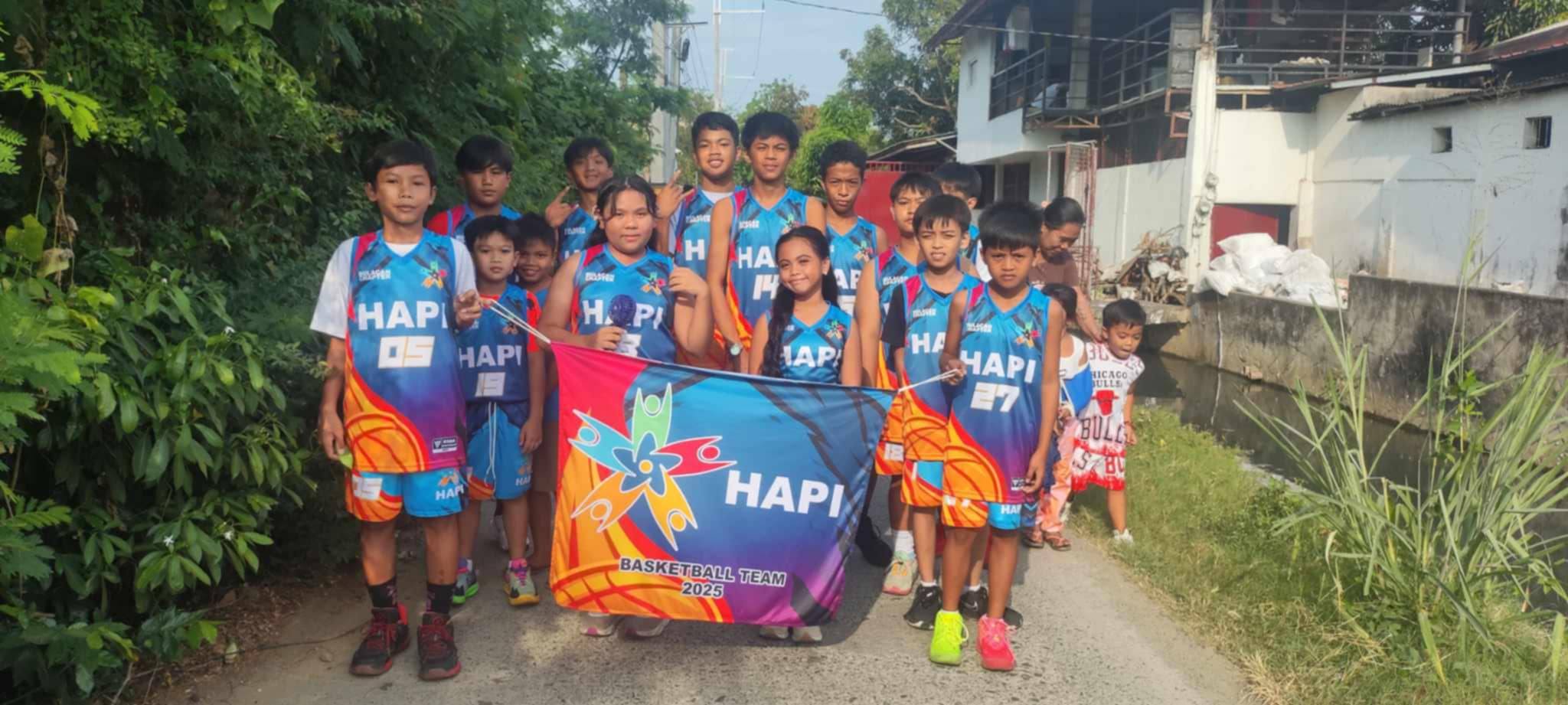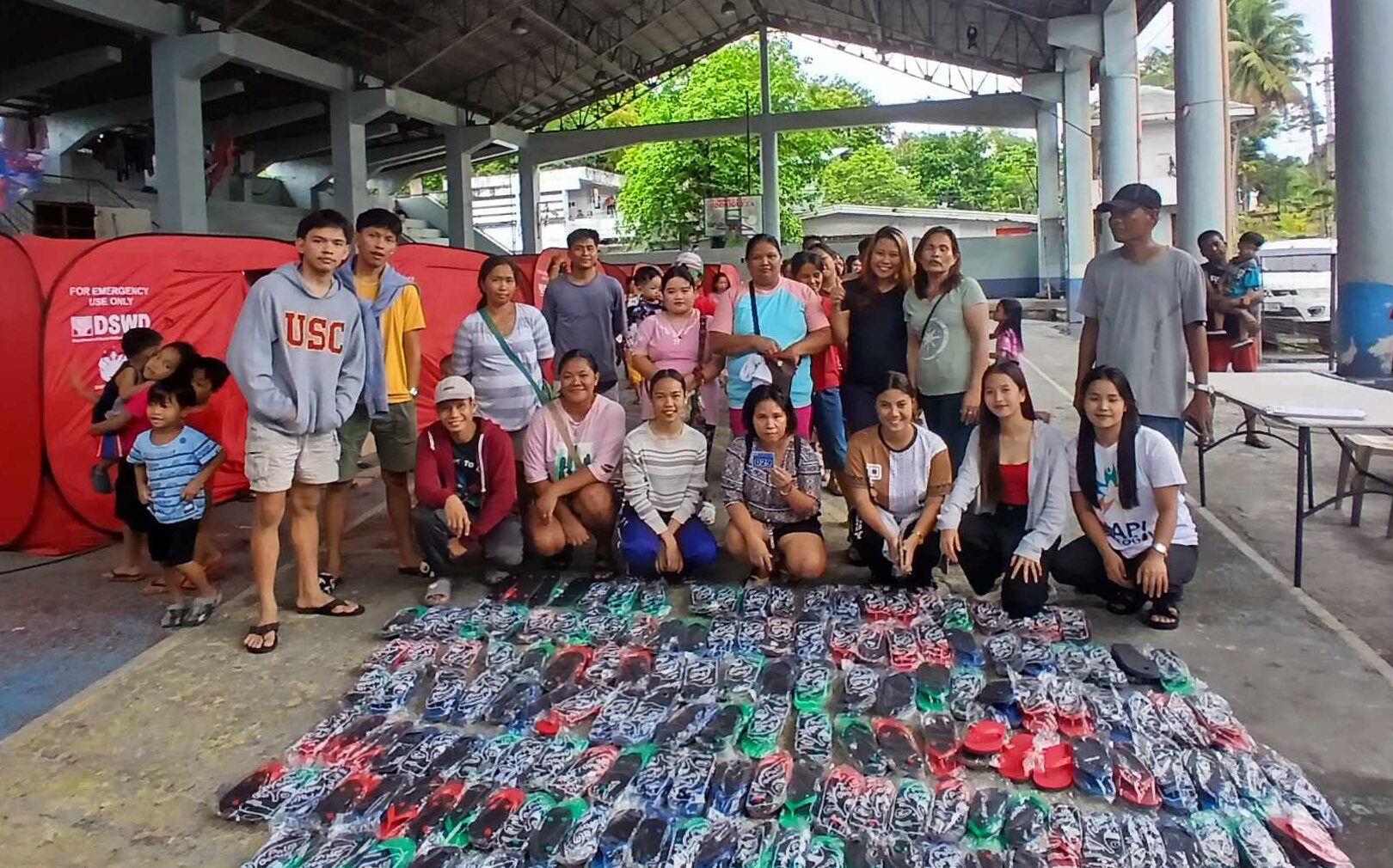A Short Trip to Dumaguete
Written by Alvin John Ballares
March 10, 2020
Dumaguete City, Negros Oriental
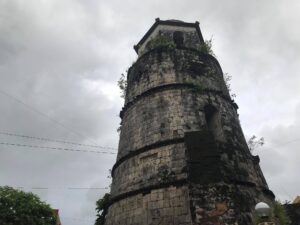
It’s been 6 months and 5 days long since I last stepped foot on Negros Island, some 688 kilometers away from Metro Manila my current home. A downpour greeted me upon arrival at Bacolod airport. Then I had to travel south, 6 hours via bus to the coastal city of Dumaguete.
People, the City of Gentle
Dumaguete is easily one of my favorite cities in the Philippines. It is relatively a small city with a mix of bucolic and urban landscape. It has the feeling of a Spanish town, with its wide, tree-lined promenade, old churches, and of course the iconic bell tower just across Quezon Park. Adding to the quaint charm of the area are horse-drawn carriages called kalesas that you can hop on for under a dollar and you could get a feel of what it was like going from point A to point B centuries ago before there were motorbikes and tricycles. City of Gentle People, the moniker is true to almost everyone who has set foot in Dumaguete City. There was even a point that I called this place ‘home’ for over a month, that’s why I can speak survival Bisaya. Aside from being a potpourri of cultures, Dumaguete locals have adopted several accents from different places, such as the accents from Province of Bohol, Siquijor, and from major cities in Mindanao; Oroquieta, Ozamiz, Dipolog, Dapitan and the rest of Zamboanga peninsula. So Duma, methinks, has pretty much the most tsada Bisayan dialect. Fight me.
Perennial Expat Favorite
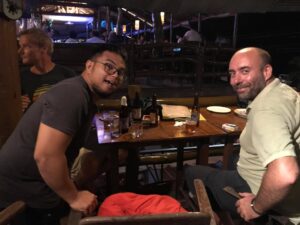
Dumaguete has been consistently named one of the best places in the world to retire, at least according to Forbes Magazine in 2014. What’s not to love in Dumaguete? Beach resorts, world-class dive sites, and dolphin and whale watching are a few of the attractions that make this city popular with tourists and expats. The local to expat ratio in Dumaguete is 26:1, or in every 26 locals eating fish ball at Rizal Boulevard there’s one expat chugging on a bottle San Miguel Pale Pilsen at Bogarts.
Planting Seeds
What comes to mind when someone mentions Dumaguete?
-Silliman University?
-St. Paul University?
-NORSU?

Yes! The city is also dubbed as a University town, because a large chunk of the city population is composed of students from different parts of Visayas, and northern Mindanao. Thus students make up the most of the city’s demographics, making it a fertile ground for planting or propagating secular ideals and progressive thinking.
There, just a quick context of Dumaguete.
Now this brings us to the very reason that brought me there. My mission was to meet with the amazing youthful members of the Humanist Alliance Philippines, International- Dumaguete chapter. I just felt that it’s my duty to check on them, discuss updates, guide, and lay out plans, as a kuya would to his younger siblings.
Proposal, Project & Progress Report
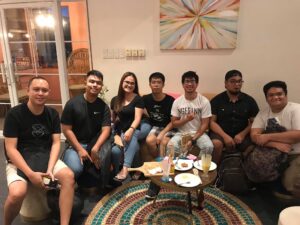
Our meeting was held in a not-so hipster coffee shop called Buglas Isla Café, with a good view of the boulevard. Javan Lev Poblador, HAPI Youth head, opened the discussion on their planned activities for 2020. One of which is creating documentaries highlighting the significance of a safe space for non-believing youth in the country. This aims to build an avenue for the younger secular population where they could feel a sense of belongingness and at the same time learn from each other’s experiences. They are planning to release 6 well-made documentaries to encapsulate struggles growing up as an atheist in the Philippines. It will also feature prominent young atheists with their success stories and their impact to the community. According to Javan, “these documentaries will serve as an inspiration and hopefully will give an impression to these young individuals that they are not alone in this. We envision these documentaries are something they could empathize with or relate to. And also, it is a great avenue even to the religious population to learn and be educated just how much the secular youth are doing in this country”. This is appealing to the youth, more so to the student-majority city population.
To conclude the campaign, HAPI Dumaguete and HAPI Youth will plan out a youth conference – workshop, together with HAPI Bacolod. This should be a great way to build up camaraderie of chapters on the same island. (This item will be included in the Leadership meeting on March 14 in Cebu).
HAPI Leadership sent HAPI Dumaguete the most updated Go Pro 8 and the initial seed money for their income generating project- The Apostate Collection.
Project, The Apostate Collection
The Apostate Collection is a series of statement shirts formally launched on Dec. 28, 2019, and ready for shipping by January 2020. These shirts come with hand-drawn designs by members of HAPI Dumaguete, all shirts are trademarked with HAPI logo at the back.

Here are the thought-provoking statements in The Apostate Collection:



Bold statement they are, these shirts that do the talking. The Apostate Collection aims to start conversations on rational thinking and secularism in the country without being too much ‘in your face’.
Proceeds will be utilized for the sustainability of future programs and plans of HAPI Youth, which includes secular education, youth mobilization, environmental conservation and protection of human rights.
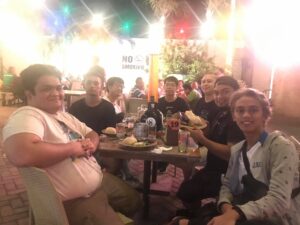
We adjourned our meeting at Café Racer for an extended bonding time, then I headed back to my accommodation to reward myself a good sleep. Jon Nicole Tinoy accompanied me the next day to do some random street interview on “Can We Be Good Without God?”
Here’s a summary HAPI Dumaguete accomplishment from an article by Javan Lev Poblador
http://hapihumanist.org/humanism/hapi-duma-celebrates-1st-anniversary/
HAPI Dumaguete celebrated their anniversary over sumptuous dinner and Bohol vacation just days after I left.
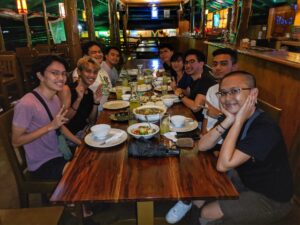
It was just a short visit. Yet it left this positive thought: HAPI Dumaguete is doing a good job in steering the momentum, complementing their city’s natural unrivalled charm- a good analogy would be, enjoying a good cup of coffee with a piece of Sans Rival, this amazing pair you only get in Dumaguete.



